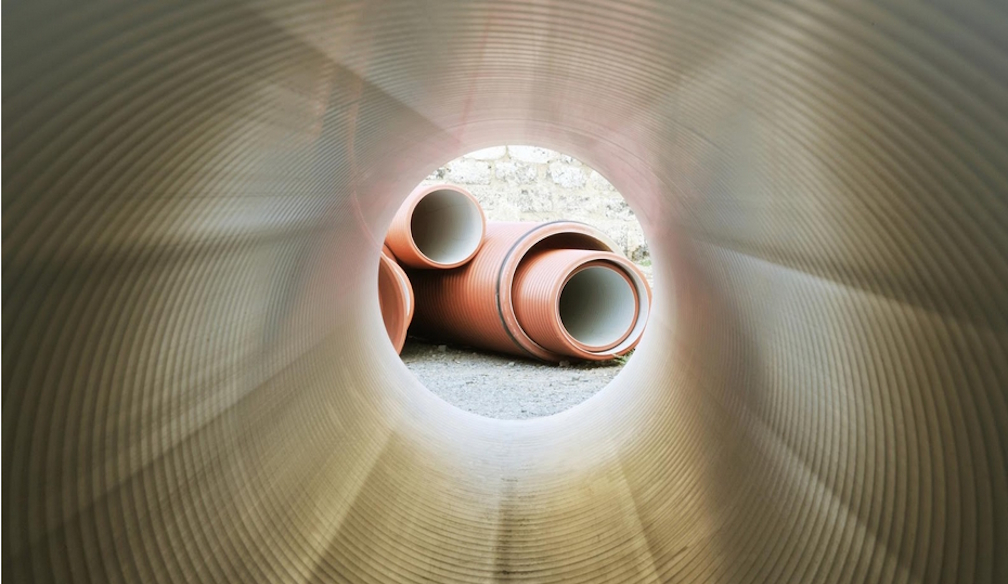Key Benefits of Pipe Relining Over Traditional Methods

Pipe relining, a modern solution in plumbing, offers an innovative approach to repairing damaged pipes without the need for extensive excavation. Traditional methods, in contrast, often involve digging up and replacing sections of pipe, which can be costly and disruptive. As a result, pipe relining solution is gaining popularity in both residential and commercial settings. This article delves into the many advantages of pipe relining over traditional methods, focusing on cost-effectiveness, minimal property disruption, durability, environmental benefits, and enhanced performance.
Understanding Pipe Relining
Pipe relining involves inserting a resin-saturated liner into a damaged pipe. Once in place, this liner is cured to form a robust, new pipe within the old one. The materials typically used include durable resins, such as epoxy, that enable the creation of a seamless and corrosion-resistant lining. Pipe relining is particularly effective in situations where pipes are cracked, leaking, or have root intrusions, without the need to remove them.
The technology behind pipe relining, including cured-in-place pipe (CIPP) methods, significantly enhances plumbing systems by providing a smooth interior that resists build-up and maximises flow capacity. This contemporary approach not only extends the life of existing pipes but also integrates seamlessly with the surrounding infrastructure, maintaining its integrity.
Cost-Effectiveness of Pipe Relining
While the upfront cost of pipe relining may seem higher than traditional repair methods, the long-term savings are substantial. The cost of pipe relining is offset by lower labour expenses, as the process requires less time and fewer workers than traditional excavation techniques. Moreover, relined pipes are known for their longevity and durability, often lasting decades without the need for replacement.
In addition to direct savings, pipe relining reduces restoration costs for landscaping, flooring, and other structures that would typically require repair post-excavation. By preserving these features, building owners save not only money but also time, preventing the need for unnecessary restoration work.
Minimal Disruption to Property
One of the most appealing aspects of pipe relining is its non-invasive nature. Traditional pipe replacement methods often require extensive digging, which can cause significant damage to landscaping and surrounding structures. Pipe relining, on the other hand, is completed with minimal disruption to the property.
This method is particularly beneficial in scenarios such as urban redevelopment projects or historic sites where preserving the integrity of existing structures and landscapes is a priority. Homeowners and businesses alike appreciate the faster completion time, as it allows them to resume normal activities without the delay of prolonged plumbing work.
Longevity and Durability
Relined pipes are crafted from materials that resist root intrusion and corrosion, providing a robust solution to persistent plumbing challenges. The epoxy resins commonly used in pipe relining create a long-lasting, leak-free seal that can extend the life of pipes well beyond traditional materials.
Expectations for the lifespan of relined pipes often exceed those of traditional options, with many installations lasting upwards of 50 years. Additionally, the strength and reliability of CIPP technology ensure that pipes require less frequent repairs, further enhancing their value over time.
Environmental Benefits of Pipe Relining
Pipe relining offers several environmental advantages. By avoiding the need for extensive excavation, it generates less waste than traditional pipe replacement methods. This reduction in waste contributes to a smaller environmental footprint, as fewer resources are required to transport and dispose of soil and old pipe materials.
Moreover, pipe relining minimises disruption to the surrounding ecosystem by eliminating the need for large-scale digging. This approach benefits homeowners and businesses seeking to incorporate sustainable building practices into their operations. The energy efficiency of pipe relining is another notable advantage, as the process typically requires less equipment and fuel than traditional methods.
Enhanced Performance and Flow Capacity
A major benefit of pipe relining is its ability to improve flow capacity. The smooth interior surface created by the resin lining reduces friction, decreases the likelihood of blockages, and enhances the overall efficiency of the plumbing system. This increase in performance often translates to reduced maintenance costs and lower water bills.
The increased resistance of relined pipes to leaks and bursts ensures ongoing structural integrity and reliability. Various case studies have shown significant improvements in performance after pipe relining, particularly in aged infrastructure where traditional replacement would have been difficult or costly.
Conclusion
In summary, the key benefits of pipe relining over traditional methods are considerable. From cost-effectiveness and minimal property disruption to longevity, environmental advantages, and enhanced performance, pipe relining presents a compelling case for modern plumbing needs. Furthermore, this method contributes to maintaining property value and reducing maintenance burdens.
For those considering long-term plumbing solutions, pipe relining offers a forward-thinking approach that combines efficiency with sustainability. Selecting the right repair method is crucial for property owners seeking to enhance their pipe systems while reducing future headaches. As more individuals and businesses recognise the advantages of pipe relining, this practice is set to become an integral part of modern plumbing strategies.



